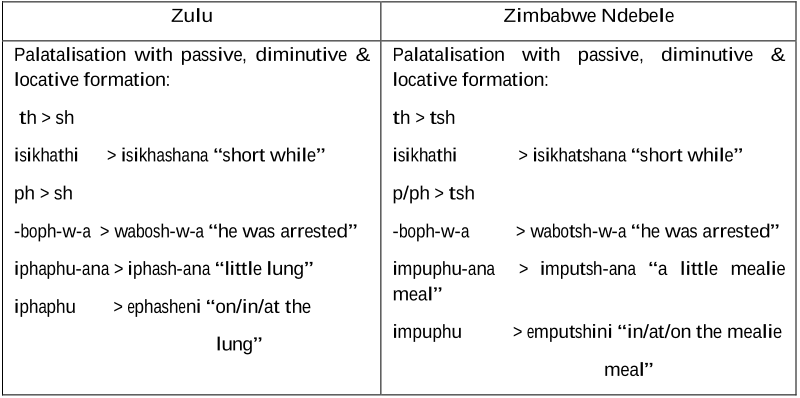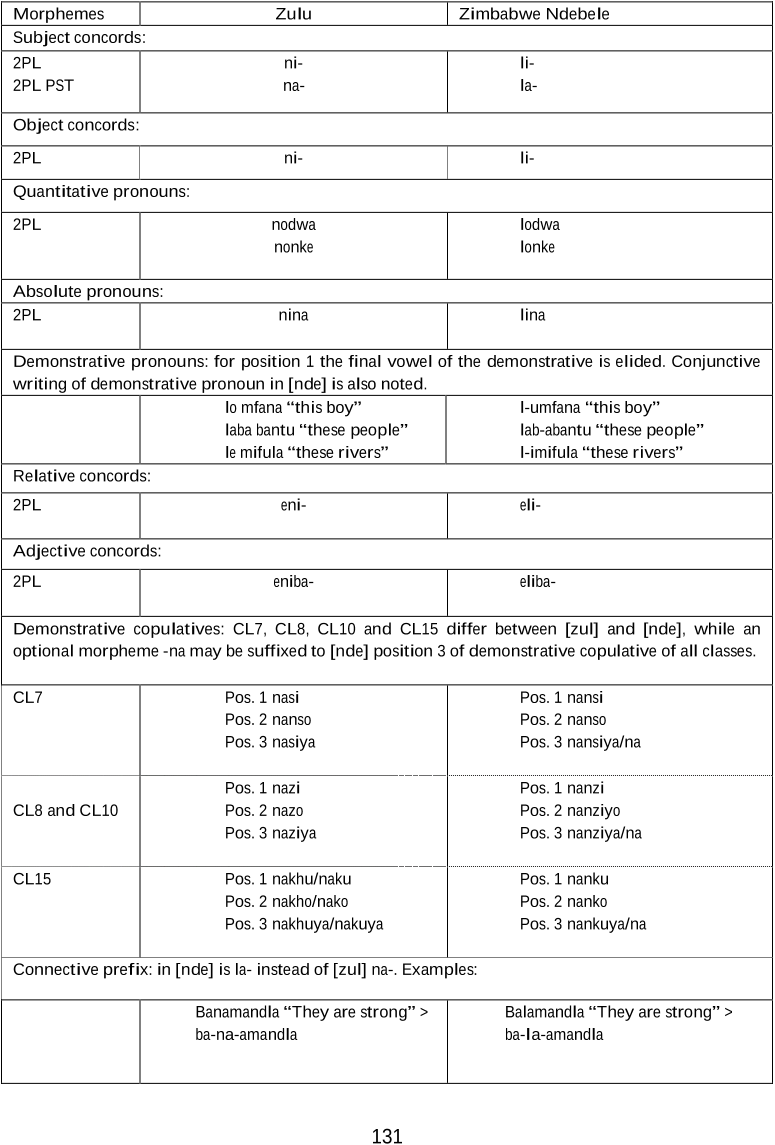




Did you find this useful? Give us your feedback
















1 citations
117 citations
104 citations
64 citations
...Gussenhoven and Udofot (2010; see also Gut 2005) investigate sentence prosody in Nigerian English, a variety arising out of the contact between a stress language and a West African tone language....
[...]
31 citations
These issues remain for future work. Bearing in mind the numbers of less resourced languages which do not yet have advanced technological infrastructure, there will continue to be a place for such tutorial educational methods for a long time to come.
A frequent experimental paradigm that controls for usage statistics is the use of nonsense words, i.e. madeup words that do not exist in the language under investigation.
Other examples of opaque suffixes are the nominal suffixes -ment, -ion, -or and -ature as well as the adjectival suffixes -ant and -able.
Corpus studies such as the current one and its precursor (van Rooy 2002) are useful to delineate relevant parameters such as morphological complexity, underlying vowel quality and surface consonant clusters.
The preference for the penultimate position has been claimed to be due to the fact that in the South African Bantu languages, the penultimate syllable of a word is predictably lengthened.
Note that only underlying diphthongs but not long vowels as in (3) constitute a long syllable nucleus in van Rooy’s BSAE stress algorithm.
Work by Dupoux and colleagues on the perception of word stress in foreign language acquisition and bilingualism has shown that the phonological representation of a specific language’s word prosodic system is very stable in language contact.
A manipulation of different acoustic parameters might, at least partly, be due to the fact that these African Englishes are varieties of English that arose in contact with African tone languages, and tone languages use F0 for lexical and grammatical distinctions.
Three to ten out of the 50 participants in Van der Pas et al.’s study produced stress patterns comparable to a Canadian English control group, tested in Pater (1997).
Zonneveld (2010) reanalysed Van der Pas et al.’s data as showing evidence that speakers of Tswana English show an interim grammar in which final VC-syllables are extrametrical and thereby open up the possibility of antepenultimate stress.
Using a contemplative approach, this paper endeavours to contribute to the expansion of a theoretical model by making the procedures that are discussed accessible to future lexicographers.
He was the Chair of the Department of African Languages at Stellenbosch six times (1982, 1986, 1988, 1992-1993, 1997-1999, and 2000).
Based on his experience in the field of resource management and his collaboration with international language resource projects, he was also appointed co-ordinator of a Task Team to develop a Blueprint for a Resource Management Agency for the National Centre for Human Language Technologies (NCHLT-RMA) in 2010.
their results show that speakers of Tswana English often do stress the antepenultimate syllable: the majority of participants produced antepenultimate stress on 5 out of 16 words, such as tadimet, kadowtet, and kapistratson.